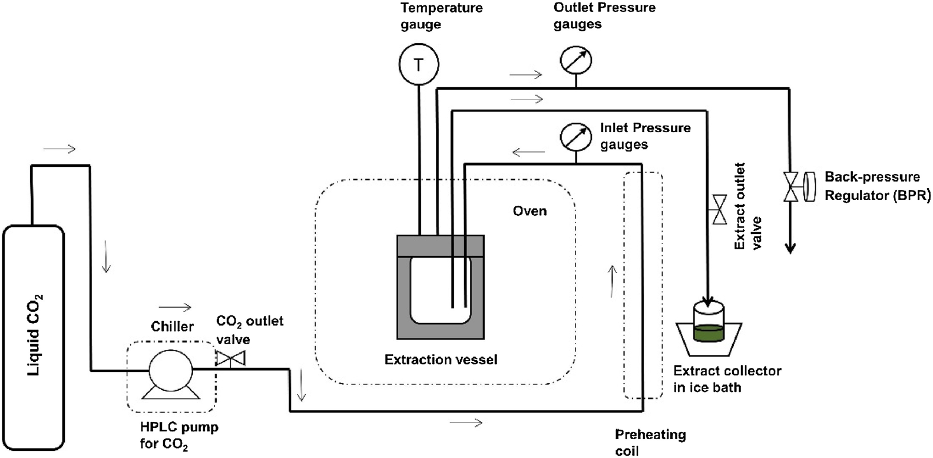VOLUME 15 NUMBER 2 (July to December 2022)

SciEnggJ. 2022 15 (2) 056-071
available online: September 20, 2022
*Corresponding author
Email Address: juvyneil.cartel@evsu.edu.ph
Date received: March 23, 2022
Date revised: July 23, 2022
Date accepted: August 15, 2022
REVIEW
Adoption of Supercritical Fluid Technology in a Developing Country
Juvyneil E. Cartel*1, Alvin B. Culaba2, and Asuncion Raquel T. Casio3
1Chemical Engineering Department, Eastern Visayas State University,
N. Salazar St, Downtown, 6500 Tacloban City, Leyte, Philippines
2Graduate student, Chemical Engineering Department,
De la Salle University, 2401 Taft Ave, Malate, Manila,
1004 Metro Manila, Philippines
3Mechanical Engineering Department, De la Salle University, 2401 Taft Ave,
Malate, Manila, 1004 Metro Manila, Philippines
N. Salazar St, Downtown, 6500 Tacloban City, Leyte, Philippines
2Graduate student, Chemical Engineering Department,
De la Salle University, 2401 Taft Ave, Malate, Manila,
1004 Metro Manila, Philippines
3Mechanical Engineering Department, De la Salle University, 2401 Taft Ave,
Malate, Manila, 1004 Metro Manila, Philippines
Supercritical fluid technology is a green technology. Most developed countries have benefited economically and environmentally from adopting such technology in the manufacturing sector. Some developing countries, such as the Philippines, struggle to embrace such technology due to their challenges. In this policy analysis, (1) an in-depth review of the trends and applications of supercritical technology globally and locally was conducted; (2) some facilitating and restraining factors in the adoption of supercritical technology in the Philippines were determined; (3) impacts of supercritical technology in the economy, industry, and the society was discussed; and (4) recommendations on the policies involving labor and employment, human resources development and education, government policies, and research and development were provided as a result of the policy analysis that sheds light on how to correct a paradox that leads to a rethinking of several aspects of technological adoption in the Philippines. The policy analysis shows that businesses' low-level technological adoption level observed in developing countries is a reasonable response to various circumstances. They face physical and human capital accumulation obstacles, poor business abilities, and ineffective government ability. For instance, unraveling the tremendous potential progress of bringing countries nearer to the technology boundary is not as easy as offering more incentives for research and development. Pushing nearer the border would compel realistic and ambitious policies that overcome several technical constraints.
© 2025 SciEnggJ
Philippine-American Academy of Science and Engineering